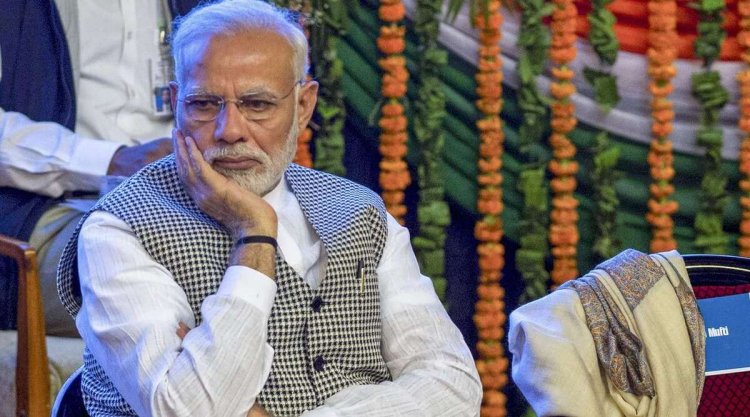Performance of the Modi Government - A Mixed Bag
Asia News Agency

Prime Minister Narendra Modi’s government has come up for praise and criticism. Both viewpoints have their arguments. The truth however, lies somewhere in the middle.
Swaminathan S Anklesaria Aiyar (Consulting Editor, The Economic Times) examines where the truth lies on the performance of the government.
‘For the first time in history, India is pulling up the entire world economy’
The World Banks's latest growth projections for 2022 and 2023 in its Global economic Prospects show world GDP slowing dramatically in 2022 to 2.9% from 5.7% in 2021.
The world may suffer an inflationary recession. However, says Aiyar “India will suffer less than others. The Bank projects India to be the fastest-growing major economy in 2022 (7.5%) and 2023 (7.1%). For the first time in history, India is pulling up the entire world economy, if only by a bit. This is an impressive achievement. It may surprise readers groaning about high inflation and slowing growth. But India's problems are less than elsewhere.
“China, the earlier world leader, is projected to grow at only 4.3% and 5.2% in 2022 and 2023 respectively. The only country that comes close to India in 2022 is Saudi Arabia at 7% because of a temporary oil boom. But that will dip to 3.8% in 2023. Bangladesh, which once threatened to overtake India in per-capita income, continues to show impressive strength, with projected growth rates of 6.4% and 6.7% respectively. Others lag far behind.”
World Bank's governance indicators for India, a ‘mixed’ bag
Another indicator, relied upon by Aiyar is the World Bank's six governance indicators for India. These “are mixed and show little overall change since 2014. The number of unicorns, with the addition of edtech startup PhysicsWallah last week, is now 101, up from 4 in 2014. India's weight in the emerging market (EM) index as of December 2021 was 12.5%, up from 6.6%. India's share of world foreign direct investment (FDI) is 5.1%, up from 2.1%. Its GDP rank in 2014 was 8th; now it's an impressive 6th. India has, indeed, improved.”
Ease of Doing Business index: In the World Bank's Ease of Doing Business index, India has jumped up from 142nd position to 63rd. India's foreign exchange reserves are the fourth-largest at $600 billion. This is more than double the $290 billion in 2013.
Three major black spots
Education: All that is well. But “India has three major black spots,” points out Aiyar. One is the sad state of education in school as well as at the University level.
Inflation: “A second black spot is inflation. India has long had the highest inflation among major economies. Currently, the US and Britain are experiencing very high inflation, higher than India's consumer price inflation (CPI) of 7.04%. But India's GDP deflator, the widest measure of inflation, remains a terrible 10%.
Unemployment: “A third black spot is unemployment and a falling labour participation rate. India is supposed to be reaping a demographic dividend as the proportion of people of the working age of 15-65 years reaches a peak. But instead of shooting up to 60% as in other miracle economies, India's labour participation rate has fallen to around 40%. Female labour participation fell to just 16% in 2020, partly because of Covid, lower than even Saudi Arabia's rate. If India cannot get its women and working-age men into productive activity, it cannot become a miracle economy.”
















